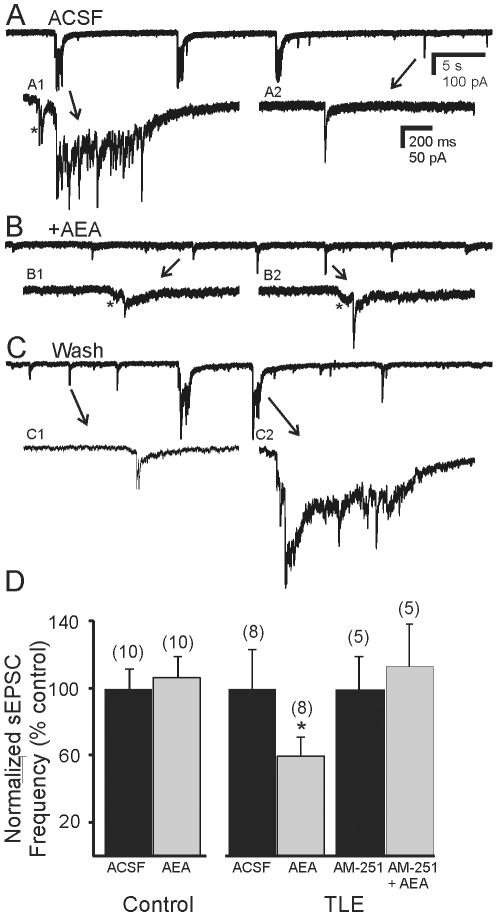Figure 4. Inhibitory effect of anandamide (AEA) on sEPSCs.
A. Spontaneous bursts of EPSCs observed in a granule cell from a pilocarpine-treated mouse that survived SE. A1 and A2 are expanded segments of the events indicated by the arrows. B. AEA (10 µM) suppressed the epileptiform bursts of activity. B1 and B2 are examples of individual events from B. C. Bursts were reinstated after 20 minute wash to normal ACSF. C1 and C2, expanded segments of C. Asterisks indicate currents preceding the largest amplitude EPSCs in some cases. The recordings were made in the absence of Mg2+ and the presence of bicuculline (30 µM). D. Cumulative graph of normalized sEPSC frequency from control mice and pilocarpine-treated mice that survived SE and developed TLE before and after application of AEA. Asterisk in D indicates significant reduction in frequency by AEA (P<0.05). In mice with TLE, the effect of AEA was prevented by preapplication of the CB1 receptor antagonist AM-251 (10 µM). Number of cells for each experiment is in parentheses.

